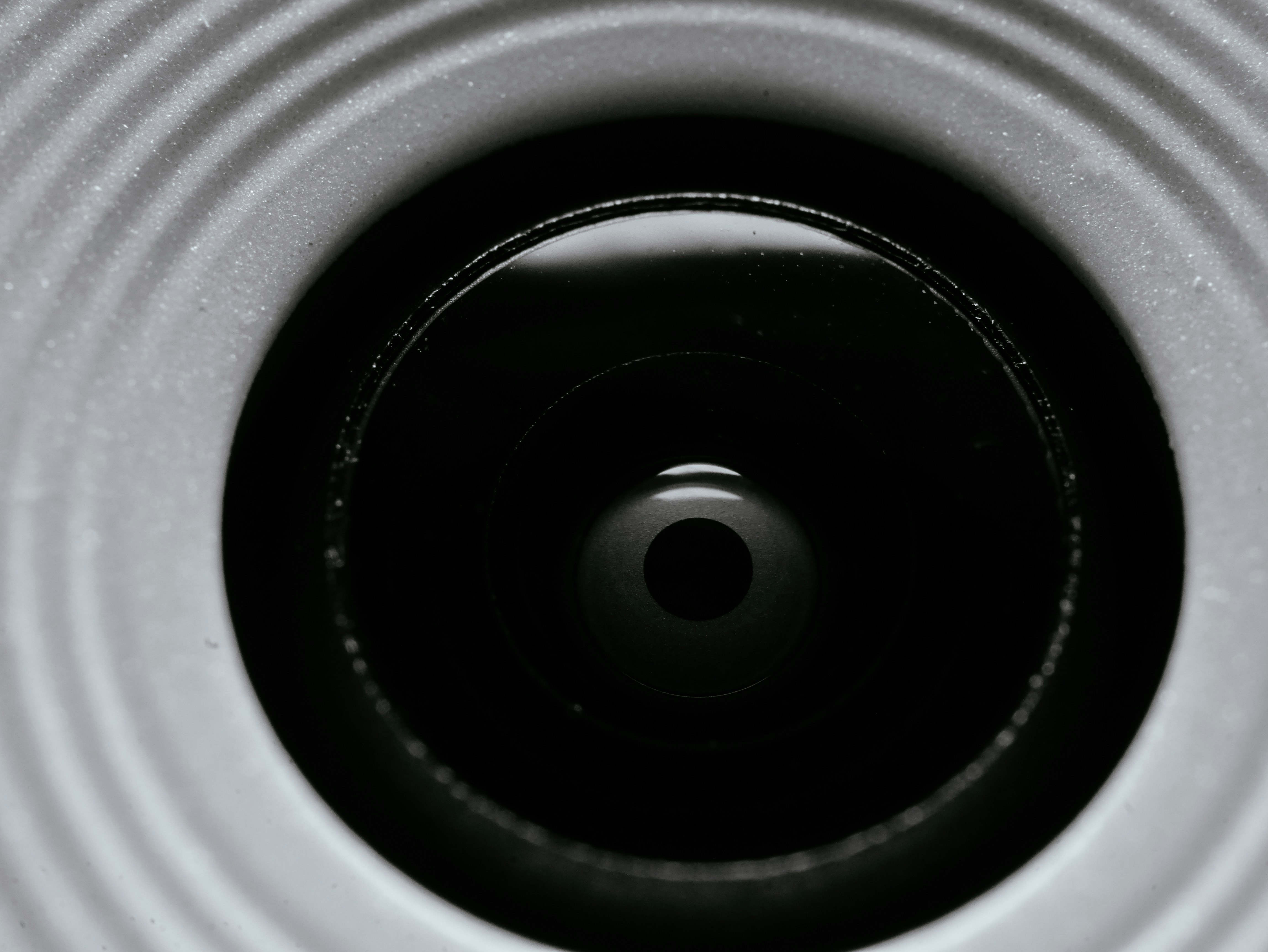Create Eco-Friendly Sound Spaces: Cultivating Harmony at Home
In a world that often seems chaotic and loud, the hidden echoes of nature can bring tranquility and mindfulness into our everyday lives. By designing eco-friendly sound spaces in our homes, we can cultivate an auditory oasis that embraces sustainability and promotes well-being. Let’s dive into how to weave natural materials, acoustic plants, and innovative soundproofing techniques into a harmonious home environment that resonates with the peace of nature.
The Importance of Sound Environments
Sound influences our mood, cognition, and overall well-being. Studies reveal that natural sounds, such as birds chirping or water flowing, can significantly decrease stress levels and enhance focus. In contrast, noise pollution—often found in urban environments—can lead to anxiety and a myriad of health issues. Surprisingly, sound is a critical component of sustainable living that’s frequently overlooked. By consciously designing our sound environments, we can foster a healthier, more eco-friendly lifestyle.
Building Eco-Friendly Sound Spaces with Natural Materials
The materials we choose in our homes have profound effects on both sound quality and our health. Opting for natural, sustainable materials can create a more soothing auditory environment. Here are some effective materials to consider:
1. Wood: The Acoustic Wonder
Wood is renowned for its excellent sound-absorbing qualities. From bamboo to reclaimed timber, using wooden panels and furniture can reduce echoes and enhance sound quality. Woods like oak or maple not only look beautiful but also contribute to a soothing ambiance. When possible, choose sustainably sourced or recycled wood to keep your space as eco-friendly as possible.
2. Cork: Nature’s Natural Soundproofing
Cork is an incredibly versatile and sustainable material that excels in sound insulation. Use cork flooring or wall coverings to minimize sound transfer between rooms or from outdoor noise. This renewable resource is harvested from the bark of cork oak trees, which regrow and do not require cutting down the trees, making it an ideal choice for eco-conscious homeowners.
3. Textiles: Softening Your Soundscape
Using natural textiles like organic cotton, linen, or wool can dampen noise within your space. Consider adding thick curtains or acoustic panels made from these materials to absorb unwanted sound while maintaining a stylish aesthetic. Look for fabrics that are produced sustainably to align with your eco-friendly values.
Acoustic Plants: Nature’s Sound System
Another innovative way to enhance your home’s sound environment is to incorporate acoustic plants, which not only purify the air but also help absorb sound. Here's how to use plants strategically:
1. Choose the Right Plants
Some plants excel in sound absorption due to their structure and foliage. For example, the rubber plant, peace lily, and snake plant are known for their air-purifying properties and can help mitigate noise levels. Integrate various sizes of plants throughout your space to create a more immersive experience—larger plants like fiddle leaf figs for floor spaces and smaller varieties for shelves or windowsills.
2. Nature Sounds as Decor
Create your own “natural soundscape” by incorporating sound-producing items like water features, wind chimes, or soft instrumental music. This could be as simple as hanging wind chimes made from natural materials or installing a small indoor water fountain. These additions provide organic sound that resonates with peace.
Minimizing Noise Pollution
One of the pillars of eco-friendly sound spaces is minimizing external noise pollution. Here are some actionable tips to create a quieter home:
1. Seal Openings and Cracks
Check windows and doors for any gaps that may allow noise to enter your home. Use weather stripping to seal these openings. For added insulation, consider double-glazed windows, which not only improve energy efficiency but also help in reducing sound transmission.
2. Curate Your Acoustic Environment
Thoughtfully arrange furniture and décor to create a sound-friendly layout. Place large bookshelves against walls to act as sound barriers, and use rugs and carpets to absorb sound on hard surfaces.
3. Soundproof with Eco-Friendly Options
Consider using eco-friendly soundproofing products, such as recycled cotton or cellulose insulation. These materials keep noise out without harming the environment. Acoustic panels made from natural materials can be placed strategically in the home to absorb and diffuse sound.
Promoting Mindfulness with Auditory Design
Creating a peaceful auditory environment can also foster mindfulness and mental well-being. Here are ways to promote tranquility through sound:
1. Mindful Listening Practices
Establish routines that incorporate mindful listening. You can engage in meditation or yoga while focusing on natural sounds around you. Consider scheduled moments where you disconnect from digital devices to relish the present, complemented with calming nature soundtracks.
2. Nature-Inspired Sound Decors
Integrate artworks or décor items that feature designs inspired by nature—like madder-painted sounds or installations that visually replicate the soothing aspects of soundscapes. This helps instill a sense of calm and connection to the earth within your living space.
3. Creating Your Soundtrack
Curate playlists of ambient nature sounds such as rainfall or forest sounds. Platforms like YouTube, Spotify, or specialized apps can enhance your eco-friendly aesthetic. Play these while working, relaxing, or even entertaining guests to encourage a peaceful ambiance.
Eco-Friendliness Meets Sound Quality: A Unique Intersection
Sustainable living encompasses various aspects, from energy consumption to the materials used in our homes. It’s essential to recognize that sound, often an overlooked simple element, contributes significantly to our overall lifestyle and health. By investing the time and effort to create sound-optimized spaces with eco-friendly practices, you promote mindfulness and well-being, allowing nature to resonate within your home.
To explore more on these themes, check out our articles on transforming waste into creative art and boosting mental health through eco-awareness.
Final Thoughts
Designing a sound-friendly home doesn’t have to be complicated. By integrating natural materials, acoustic plants, and eco-friendly soundproofing techniques, you can transform your space into a serene haven that enhances well-being. As you embark on this journey to cultivate your auditory oasis, remember that the fusion of sustainability and mindfulness creates a beautiful rhythm in our lives. Whether it’s the soft rustling of leaves or the gentle sound of rain, let the hidden echoes of nature bring harmony to your home.










